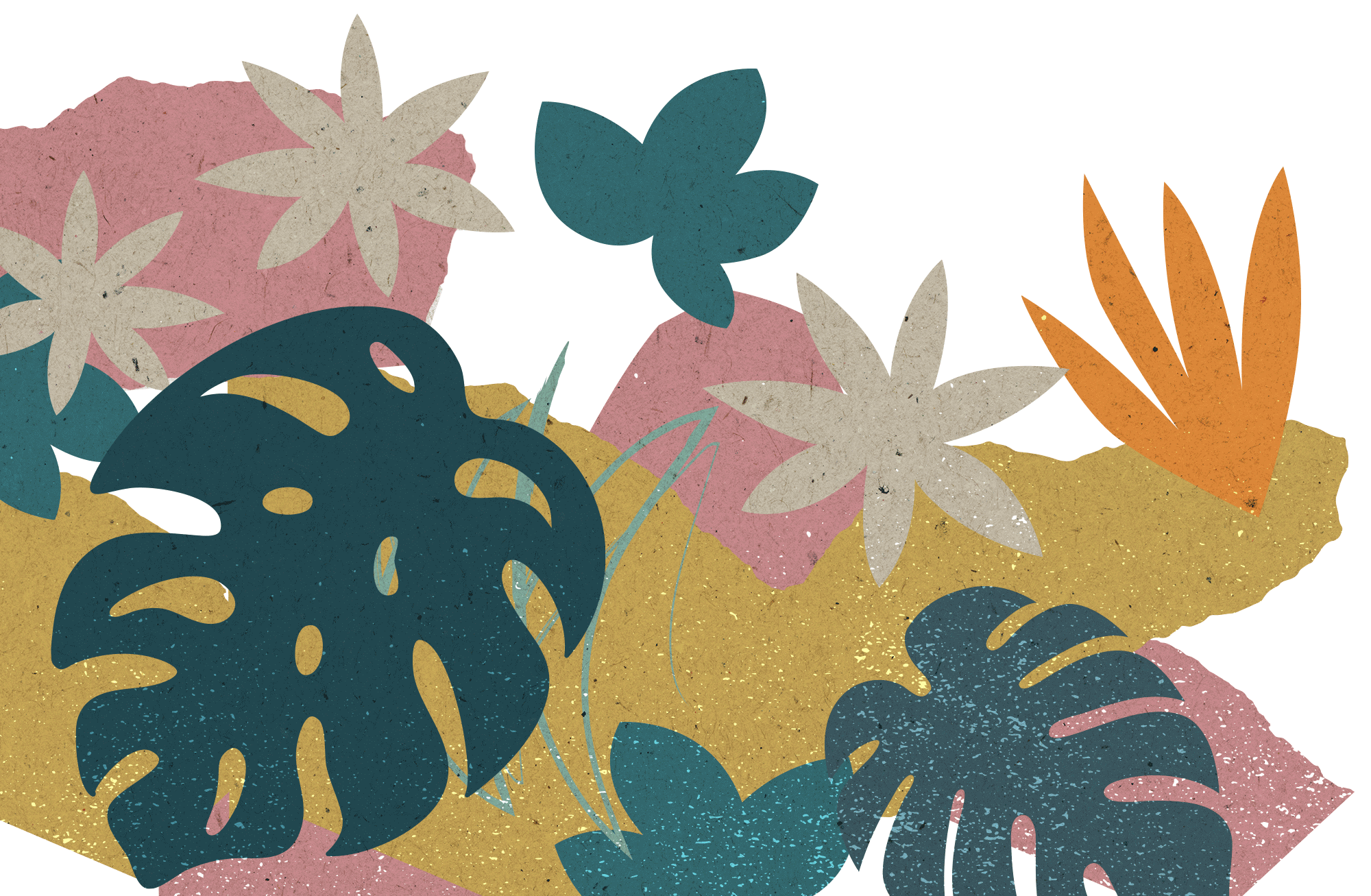Arabica

Barista

Yield is a coffee term that refers to the weight of the espresso in the cup, put simply, the more yield, the more espresso!

Cappuccino

Decaf

Espresso

Flat White

Green Beans

High Grown

Irish Coffee

Java
You’ll likely be familiar with this coffee terminology as a slang word for ‘coffee’. But did you know that ‘Java’ was originally used to refer to coffee grown on the island of Java? When the coffee trade grew, the word was adopted by many all over the world and now it’s become a generalised word for ‘coffee’.

Kaldi
Kaldi was a goat herder who allegedly first discovered the effects of coffee, so of course we had to mention him in our coffee dictionary!

Café Latte
Could L be for anything else but latte? This coffee type is a super popular choice for many and consists of 1/3 espresso, 2/3 steamed milk, with a layer of frothed milk on top. Café Latte’s often come with a variety of delicious flavour choices too, ranging from vanilla to hazelnut.

Macchiato
The macchiato is an espresso with milk added. In fact, the beverage was developed in Italy in the 80’s as a way for baristas to identify a plain espresso and one with milk added. The name comes from the Italian word for ‘stained’.

Noisette
Noisette is a French coffee type which gets its name from the lovely hazelnut colour you get when mixing espresso and hot milk. It may sound similar to the macchiato, and it is because it just happens to be the French version!

Over Extracted
This coffee term is one you’ll want to avoid at all costs as it’s what happens when espresso is exposed to brew water for too long. The result is a drink that possesses a bitter or burnt taste – not ideal for making those smooth and delicious lattes or cappuccinos!

Portafilter
Most valued by baristas, it’s perhaps the most essential item in their toolkit. It’s what’s responsible for holding the ground espresso beans in the coffee machine for the whole brewing process.

Quaker
A Quaker is a coffee term which refers to un-ripened coffee beans. They usually have a wrinkled surface and remain pale even when roasted.

Roasting
Roasting is what gives coffee beans that delicious smell and darkened colour, plus it also has a huge impact on the overall taste profile. Coffee can be roasted light, medium or dark and each roast type has a different level of acidity and unique flavouring.

Single Origin
Single origin coffee is when the beans are sourced from a single location. Due to this, it’s generally of a much higher quality with a stronger flavour profile as it’s not a blend of beans from varying locations and growing conditions. Why not give it a try with our NESCAFÉ® Gold Origins range?

Turkish Coffee
Did you know that Turkey is one of the coffee hotspots of the world? They have a very unique way of making coffee which is said to be more akin to cooking than brewing and the result is a thick and frothy drink with a very strong aroma.

Uganda
Uganda is in the top 10 coffee producing countries. Its landscape with rich, volcanic soil provides the ideal conditions for growing coffee plants.

Vietnamese Coffee
A type of coffee that’s unlike any other, rich and flavourful with an added tang of sweetness thanks to the layer of condensed milk in the bottom of the glass. What’s more, you can also enjoy this beverage iced, so it’s perfect all year round! Discover our Vietnamese Iced Coffee recipe!

Wet Processed
A coffee term that refers to how the layers (skin and pulp) around the coffee bean are removed. This is the most common way for coffee beans to be processed.

X-Factor
To have X-factor a coffee today needs to be many things. It needs to come from the finest beans to ensure that it is great tasting. But more than this, it must also be produced in a sustainable manner and brought to you in the most efficicent way possible. This is why at NESCAFÉ® we are focused on honouring our PLAN 2030 commitments to you and the coffee growing communities around the world.

Yield
Yield is a coffee term that refers to the weight of the espresso in the cup, put simply, the more yield, the more espresso!

Zambia
One of the key coffees growing countries in the world. Grown in the Muchinga Mountains, beans grown here are said to be balanced and wonderfully full bodied.

Today’s community favourites




